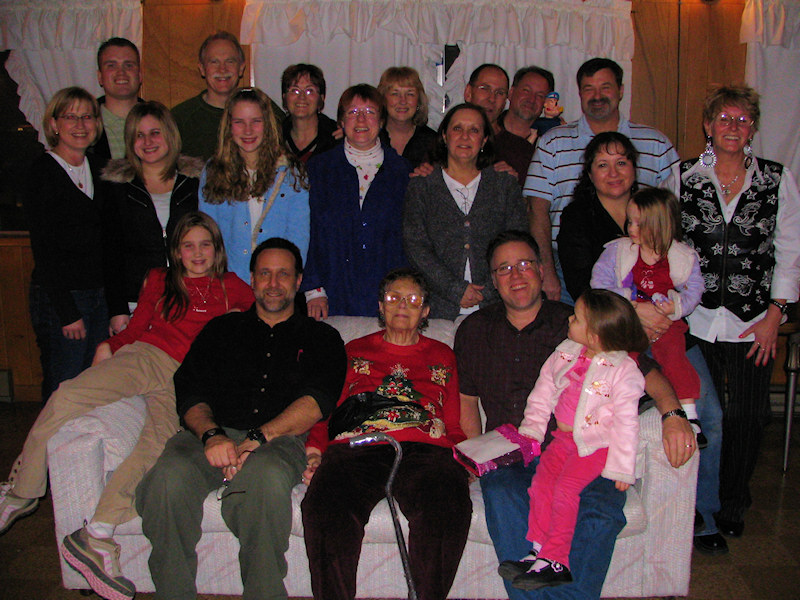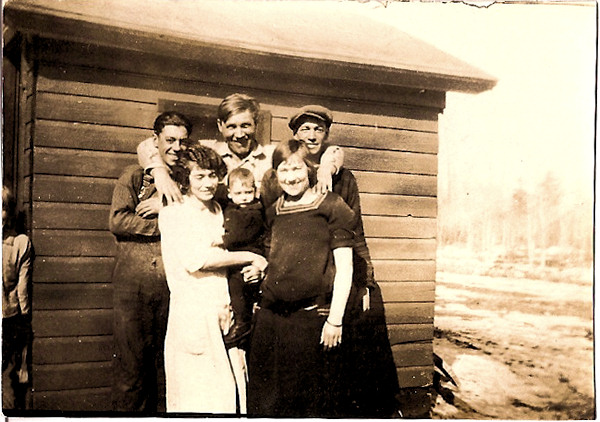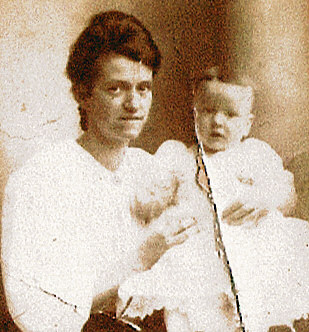According to the Federal Naturalization Act of 1802, three years of residency were required before someone could file for a Declaration of Intent to become a citizen of the United States. The Federal Naturalization Act of 1824 reduced the time between filing a Declaration of Intent and Naturalization from three to two years.
But these numbers are arbitrary. Some filed and received their naturalization within a few years, for others it took much longer.
Many filed their Intent in one state and then finalized their application for naturalization in another state, complicating the process as paperwork had to be exchanged across distances for verification. Some had to await court dates, and courts were often backed up. Others had to travel great distances from where they settled to the largest town, county seat, or state capital to do the paperwork, get interviewed, and make court appearances. Because travel was often expensive or intensive, much time passed between Intent and final naturalization.
Some file their Intent but never finalized their naturalization, sometimes hiding from authorities, so their descendants would never know, until they went looking for records. Records get lost or destroyed, so how can you really prove it 100 years later?
For Andreas (Andrias) Anderson, my first Norwegian ancestor who arrived in 1851, filed his Declaration for Intent in 1852. It was finalized in 1871, nineteen years later. Standing in the University of Wisconsin at Green Bay Area Research Center Archives holding the original naturalization papers with his signature was an incredible experience for my mother and I. Signed over 125 years ago, the fragile paper still exists, a record of our ancestor’s existence, too.
Most Recent Articles by Lorelle VanFossen
- The Myths and Mysteries and Hunt for Nicholas Knapp
- The Perpetual Calendar
- GenSmarts: Reminder to Not Assume
- Gensmarts Saves Your Family History Research Life
- Digging Through Historical Newspapers Online





